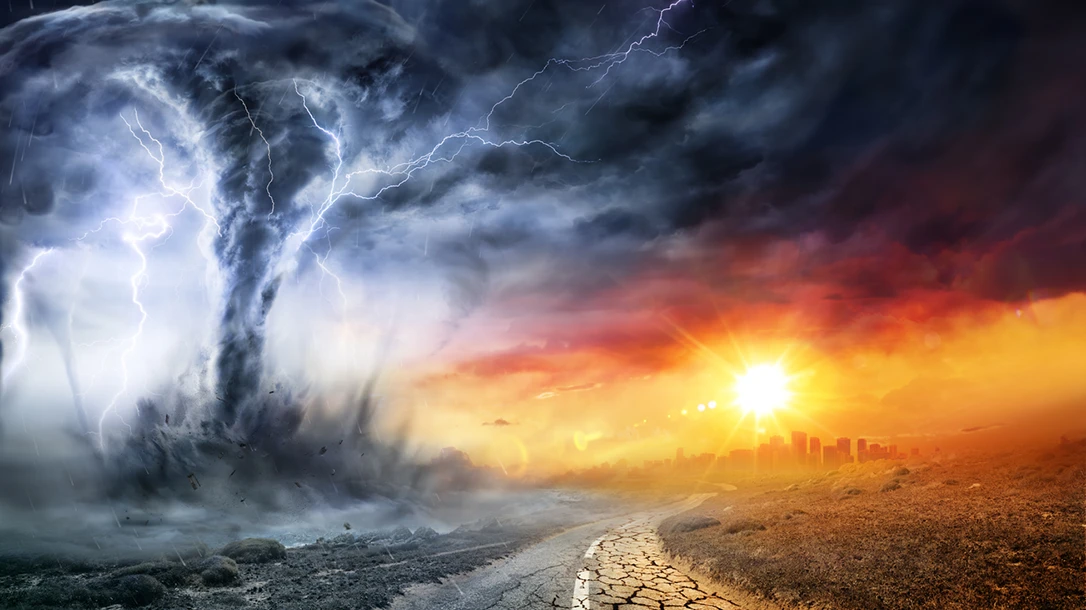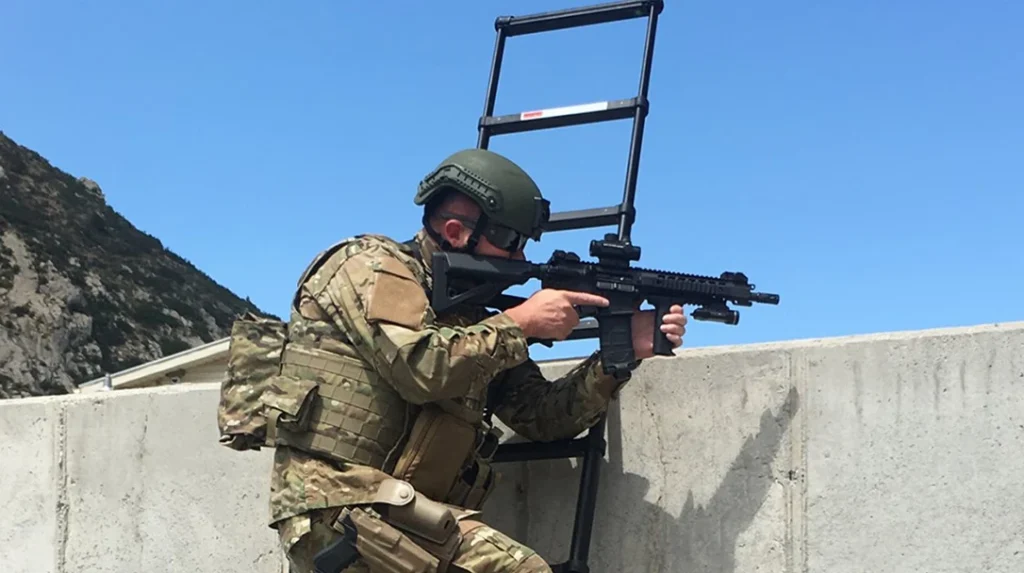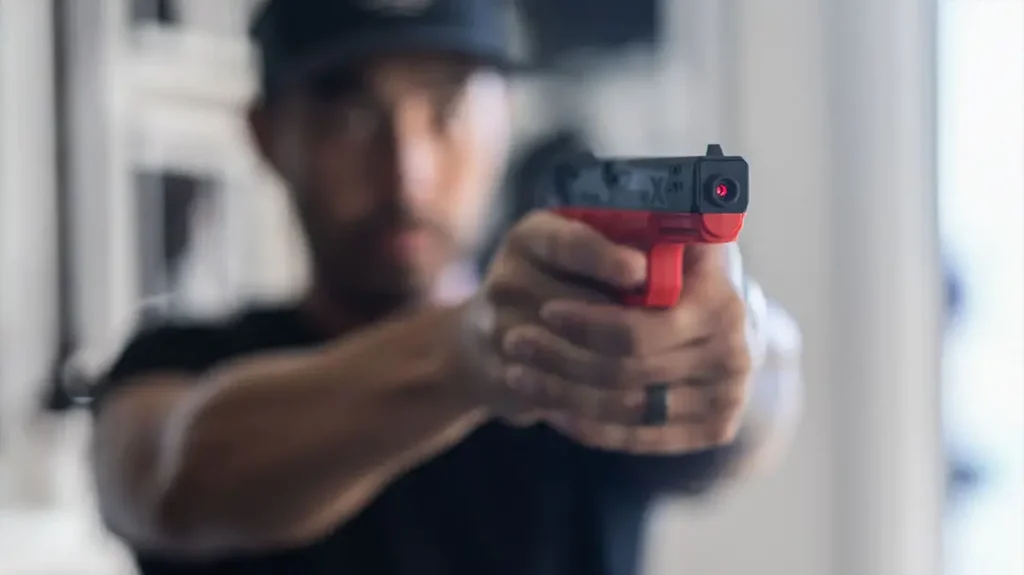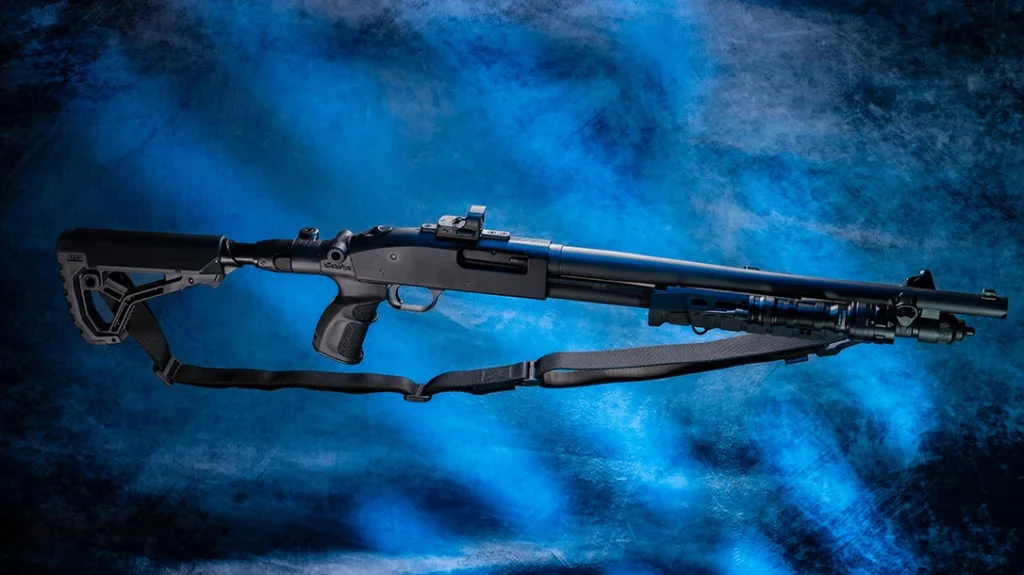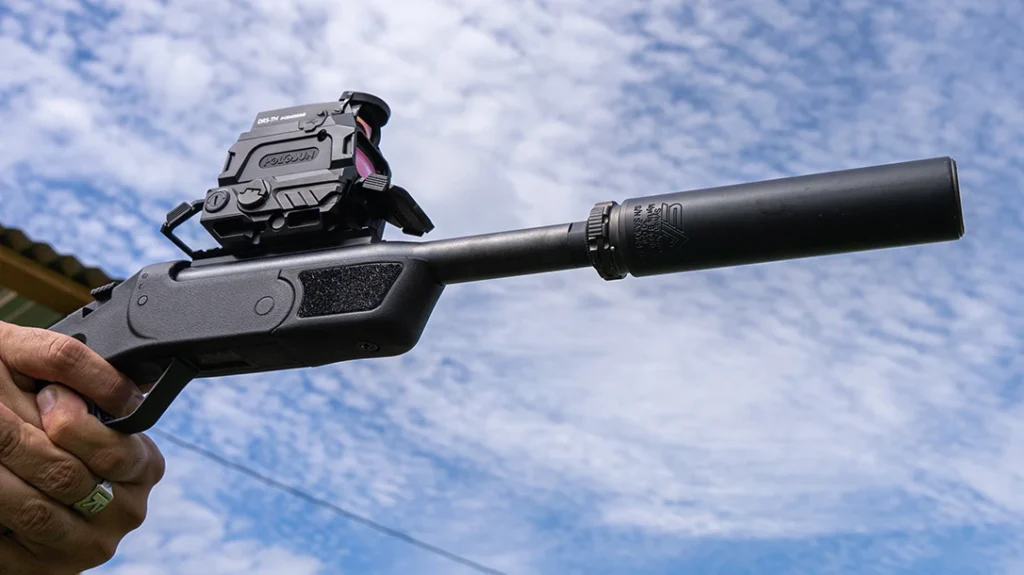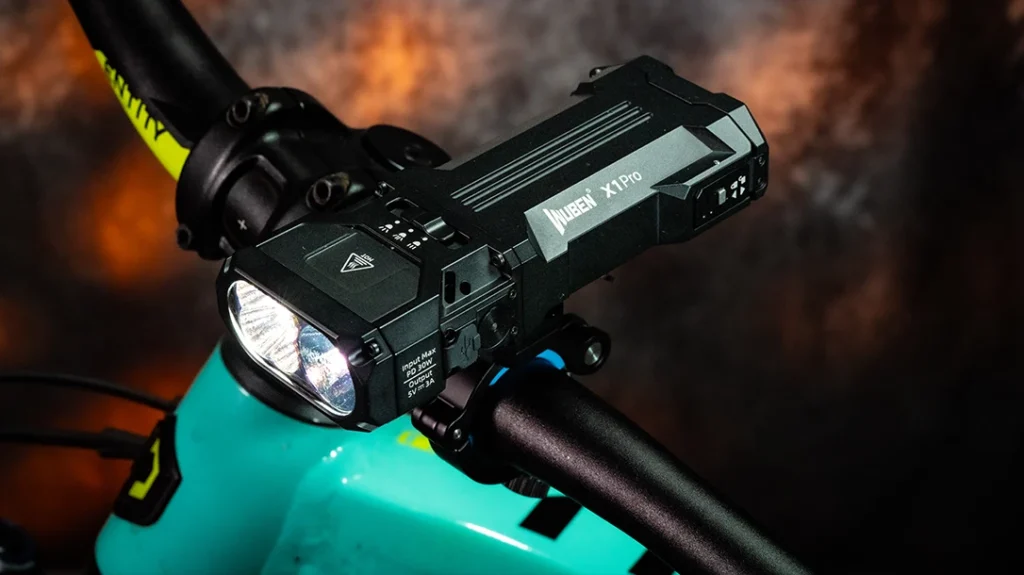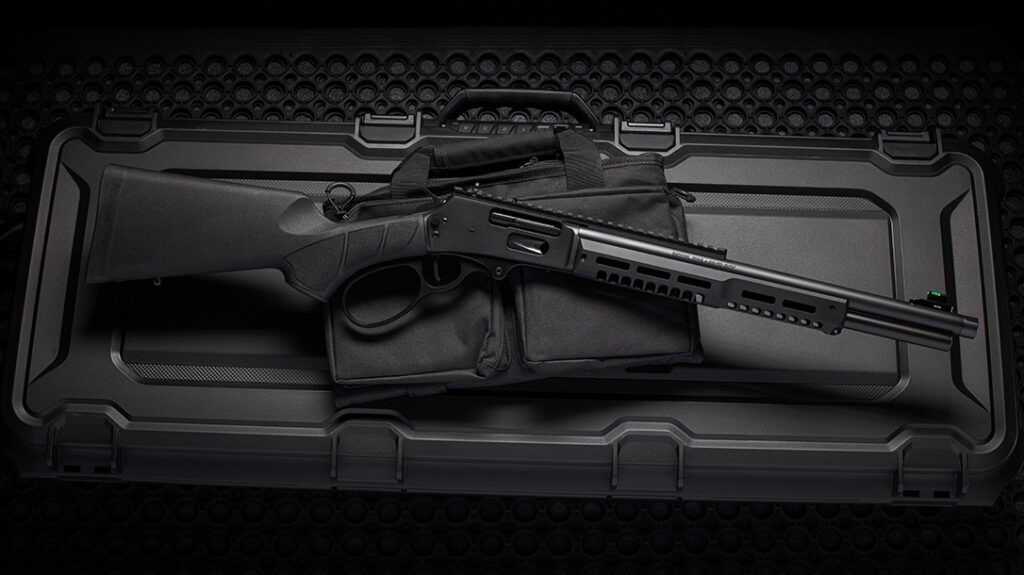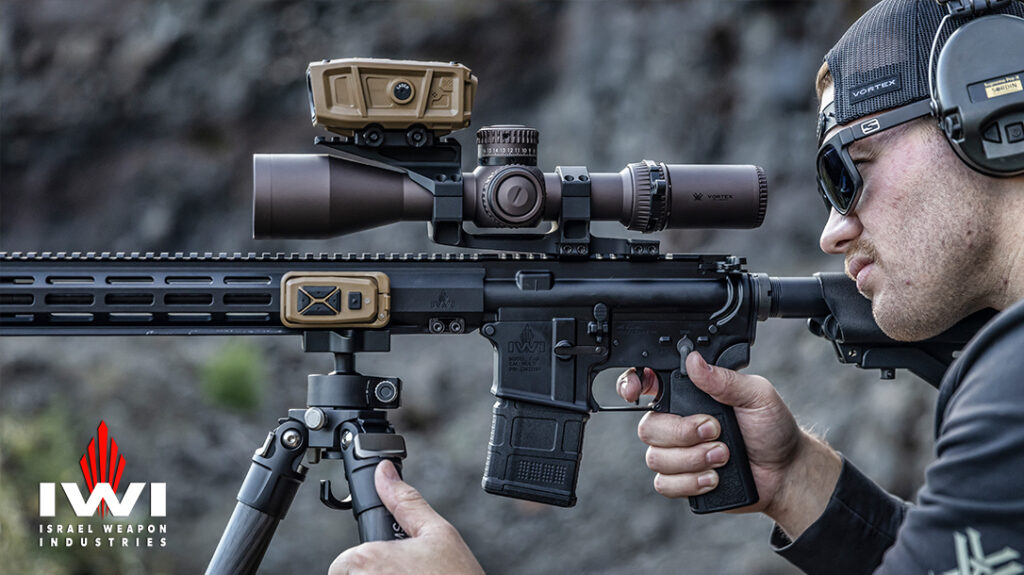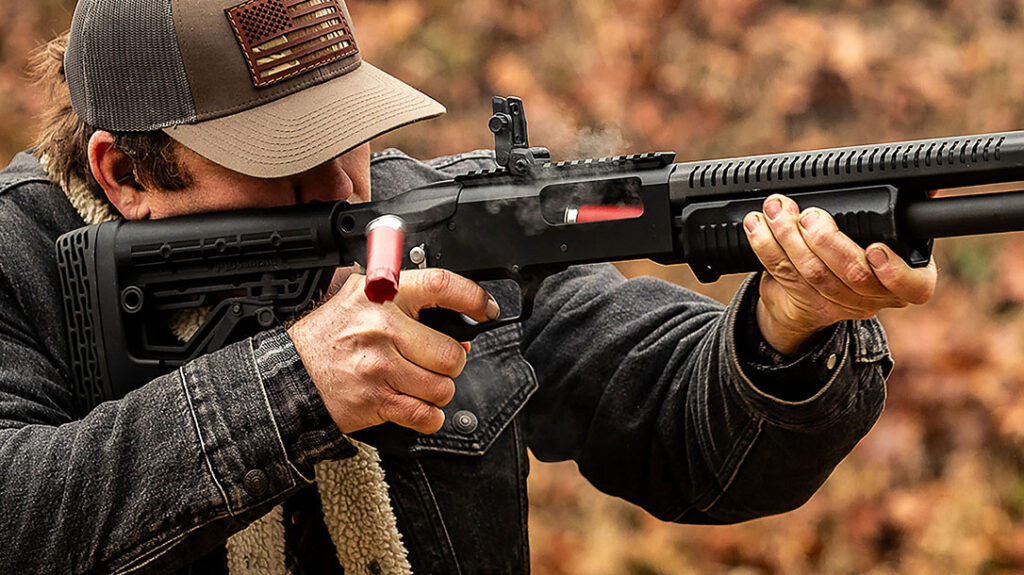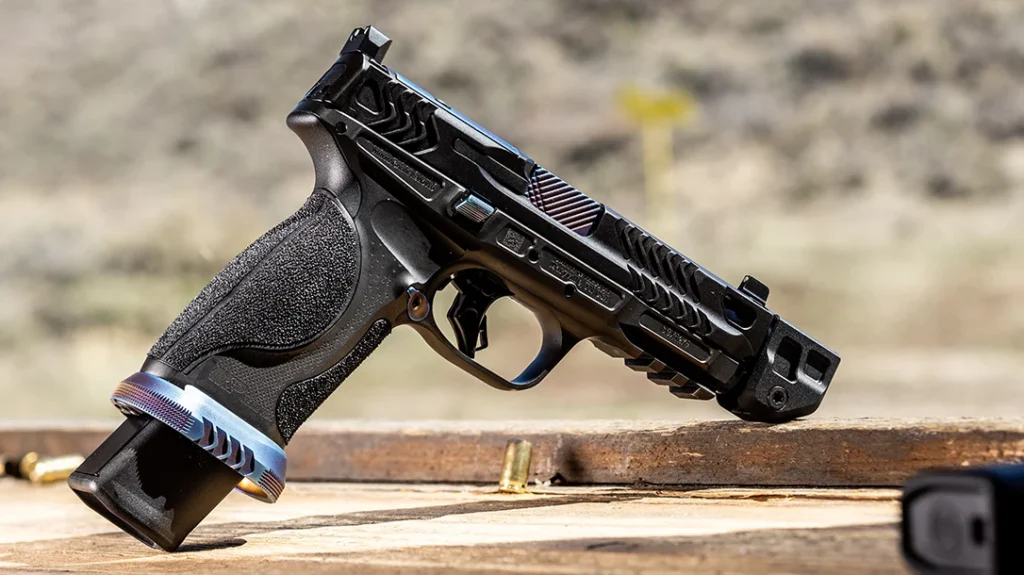Whether it be hurricanes, floods, tornados, earthquakes or wildfires, natural disasters are a worldwide occurrence that happen on average 6,800 times per year. This means that it is especially important to stay prepared when these types of catastrophes strike. A simple and easy way you can do so is by building a natural disaster kit. Here are fifteen essential survival items you need to keep you and your family safe.
Natural Disasters Kit’s 15 Lifesaving Items
Water
Depending on factors such as age, sex and overall health, a human can typically go about three to five days without water. This means that water is a vital necessity to have on hand, especially during a situation where clean drinking water may not be available. A reliable source of water to store in your kit is commercially pre-packaged water. These can either be plastic bottles, pouches or bags of water. As for how much to store, a general rule of thumb to follow is a gallon of water per day per person.
Non-Perishable Food
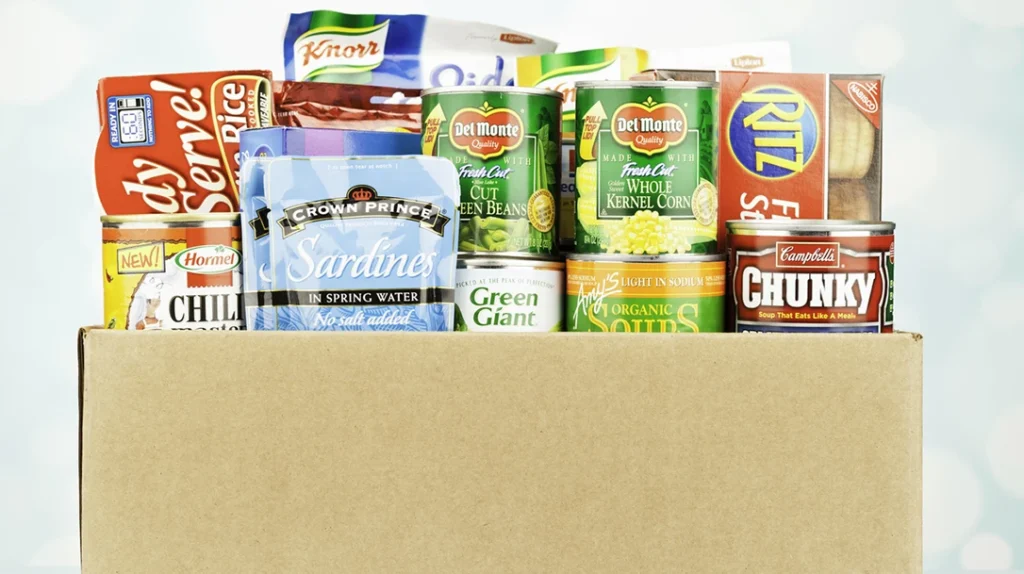
Advertisement — Continue Reading Below
The second most important item to include in a survival kit is non-perishable food. This type of food is recommended because it does not expire quickly and can be stored in room temperature environments without any issues. Examples of these foods include canned vegetables, canned soups, rice, protein bars, dried fruits and nuts. It is best to stock up on a three-day supply of food and make sure you frequently check your food’s expiration.
Change of Clothes
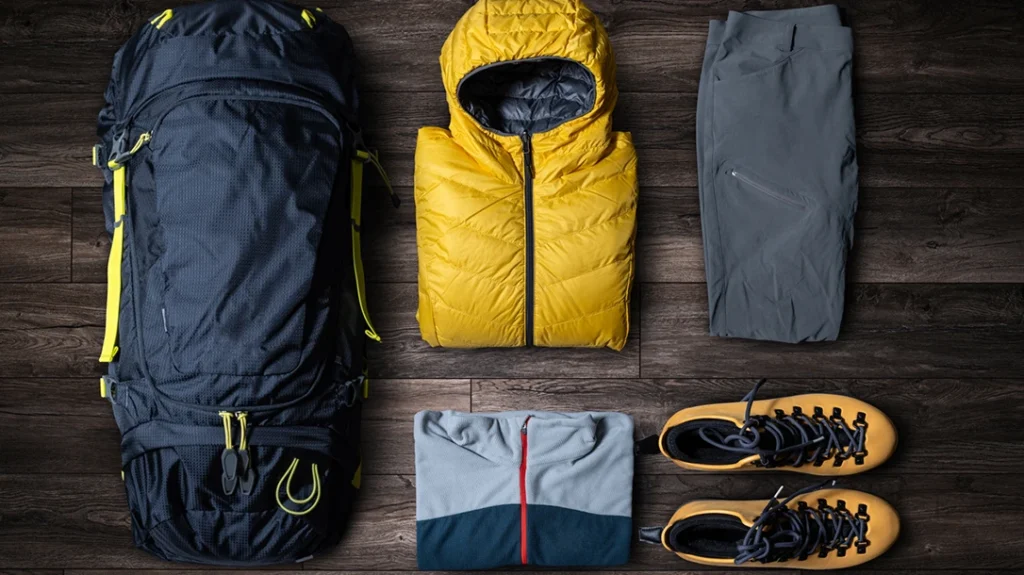
During an emergency, staying warm and dry is extremely important to your health. This means that having a spare set of clothes per family member is ideal. It is advised to have layerable clothes such as long-sleeved shirts, long pants, socks, undergarments and even an extra pair of shoes.
Advertisement — Continue Reading Below
Cash

In many types of natural disasters, power outages are a common occurrence which means access to banks or credit card networks may not be readily available. By keeping cash in your kit, you are then able to purchase important necessities like lodging and fuel. Depending on the size of your family, it is recommended to store anywhere between $200 to $1,000.
Copy of Important Documents
In an event you are unable to obtain original documents, it is a smart idea to keep documents copies in a survival kit. These documents can range from your driver’s license, passports, insurance policies and banking information. To avoid your copies getting wet or ruined, make sure you store them in a waterproof and fireproof bag.
Advertisement — Continue Reading Below
Flashlight
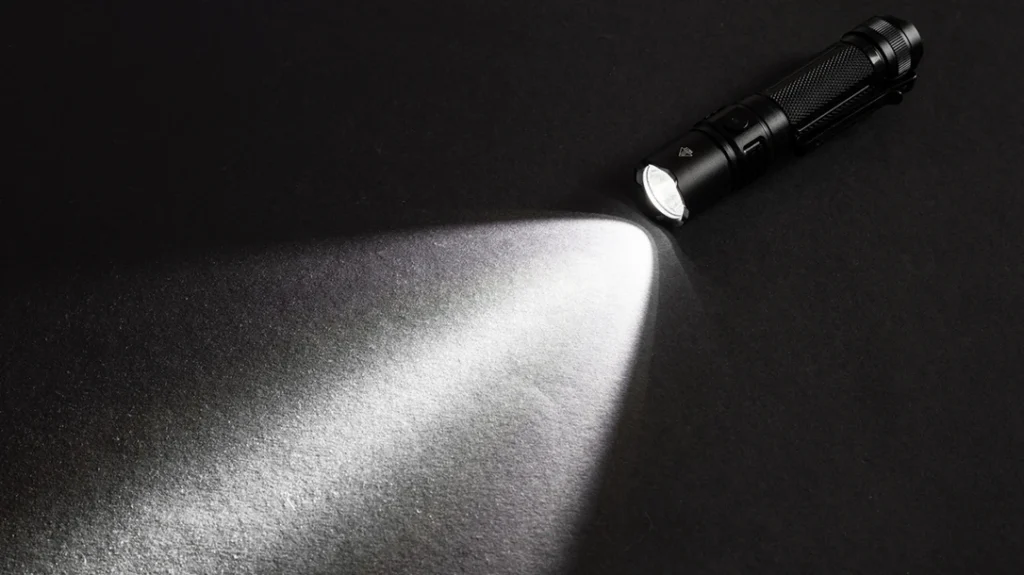
Flashlights are another excellent item to keep in a disaster bag because not only do they serve as a light source, especially during a power outage, but they can be a useful tool to signal for help. It is recommended to choose a flashlight that has a high lumen output, different lighting options and one that is compact. Headlamps are also a good option to consider.
First Aid Kit
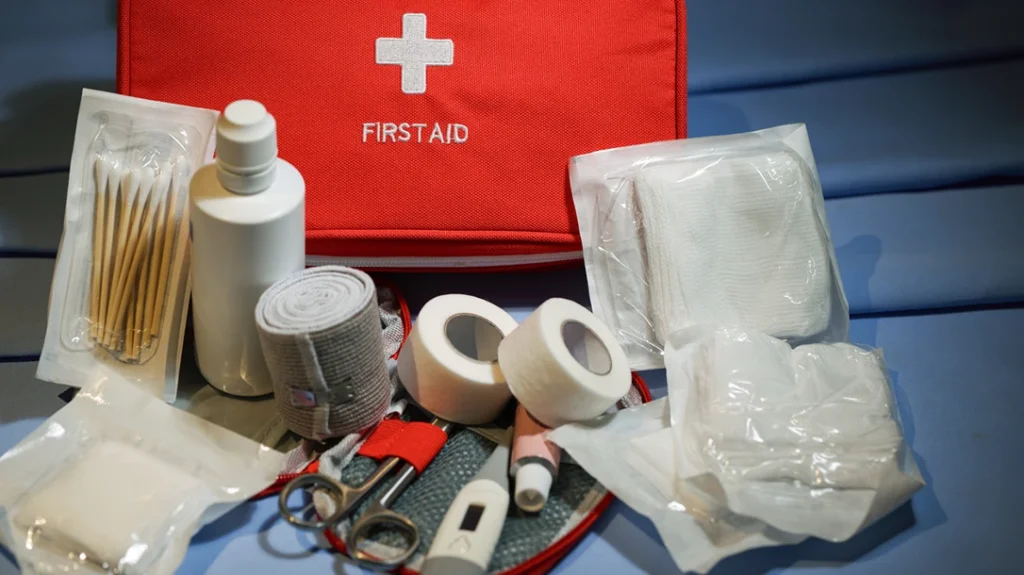
Advertisement — Continue Reading Below
In many types of natural disasters, injuries are a common occurrence, but it is vital to recognize that medical attention may not be readily available. If this is the case, a first aid kit is ideal to have on hand. These kits are great for treating minor injuries and even preventing injuries from worsening. Several items to include in your kit include bandages, gauze, tweezers and scissors.
Medication
On top of having a first aid kit, medication is another medical supply to include in a disaster kit. These medications can include daily medications and vitamins you take, pain and fever releasers, allergy medications and topical ointments.
Respirator

Advertisement — Continue Reading Below
Depending on the type of catastrophe you may face, smoke, debris, and unhealthy chemicals can become airborne which means that protecting your lungs is extremely crucial. A simple way you can do so is by including a respirator in your go-bag. A good option to start with is an N95 respirator mask which filters at least 95% of airborne particles. Nonetheless, make sure the mask you choose is NIOSH approved.
Blankets
A blanket is another necessary item to store in a disaster kit because it not only helps keep you warm but can also provide shelter. However, when choosing a blanket to use for an emergency situation it must be one that is lightweight and portable. A great option to consider are known as emergency blankets or also called space blankets. These types of blankets are designed with a high reflective sheet that radiates heat back to the body.
Battery Powered Radio
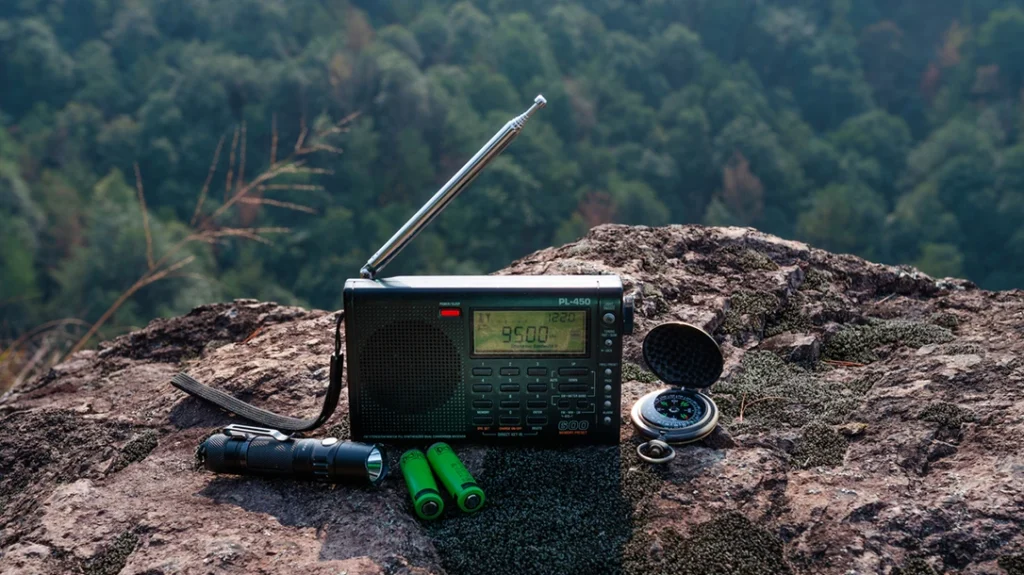
Advertisement — Continue Reading Below
In situations where electricity may not be available and you need to receive vital updates on the weather or evacuation orders, a battery powered radio is a great option to include in a disaster kit. These radios are often designed to be compact, run on either AA or D cell batteries and are able to receive both AM/FM radio signals.
Extra batteries
If you plan on storing an item in your kit that requires batteries, it is a smart idea to have extra batteries per device on hand. Most batteries have a shelf life of 3 to 5 years, but it all depends on the type of battery and how it is stored. Nonetheless, make sure to store them in a cool, dry place and if able, keep them in the original packaging.
Poncho
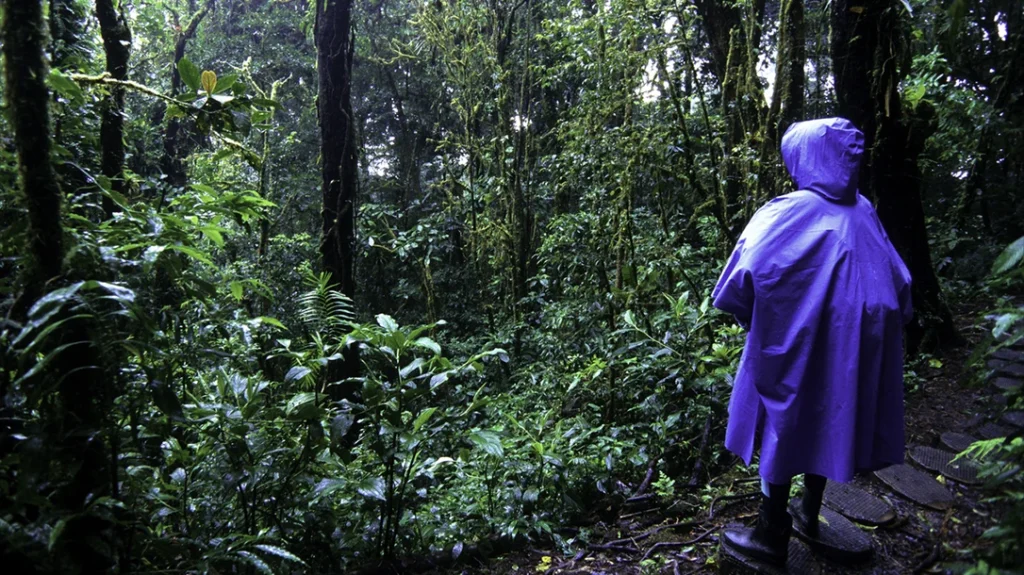
Advertisement — Continue Reading Below
Similar to having an extra set of clothes, a poncho is another recommended item to keep individuals warm and dry. This type of clothing is typically made from nylon or PVC and is designed to be lightweight and compact. Moreover, you can also use ponchos to collect water or use as a covering to keep your belongings dry.
Portable Charger
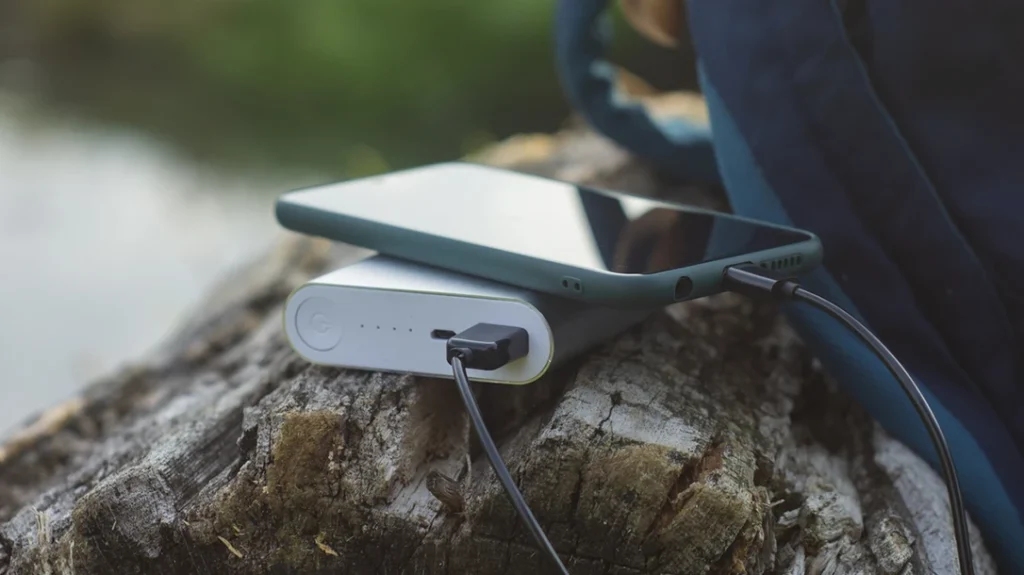
In order to keep your phone fully charged to communicate with others and get vital lifesaving information, it is advised to purchase a portable charger for your kit. These devices are designed to be compact for easy storage and depending on the quality, can last up to 2 to 3 years.
Advertisement — Continue Reading Below
Whistle

The last item that is recommended to keep in your natural disaster kit is a whistle. In the event you need to signal for help, a whistle is the perfect tool to use. They are not only simple and straightforward to use but they are also easy and compact to store.
Peace Of Mind
On average, natural disasters kill approximately 40,000 to 50,000 people per year. This means that emergency kits are not only lifesaving to own but can help give you the peace of mind that no matter what happens, you and your family are covered. They are customizable, easy to store in your home or garage and generally inexpensive to own. Whether you build your own kit or purchase one already assembled, you can rest assured that this kit will keep you and your family safe.
